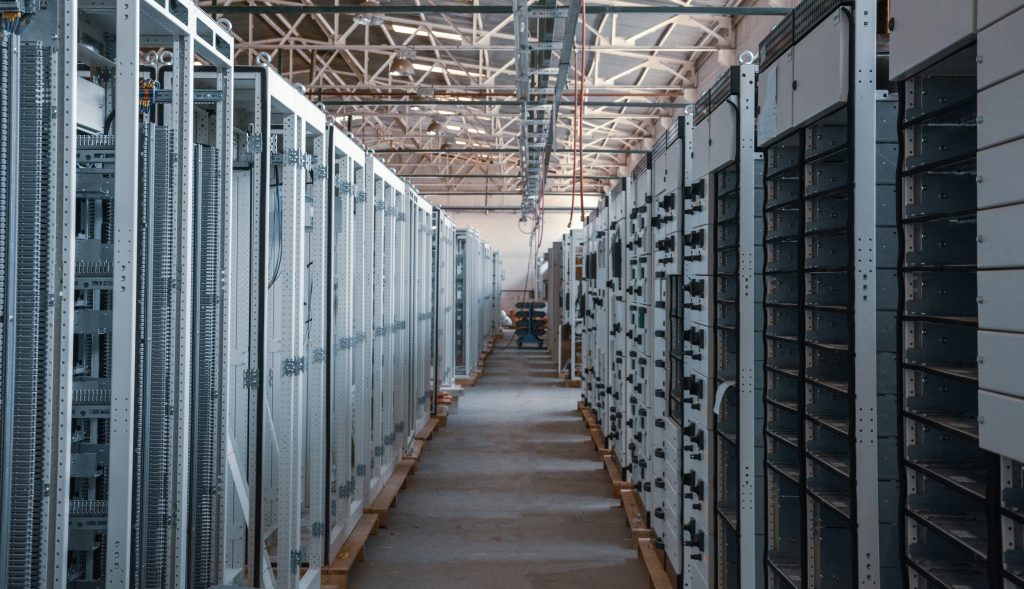Late October 2025, Virginia. A giant new building full of computers (a data center) is about to turn on. It needs as much electricity as a medium-sized city. The local power company calls and says, “Please wait two days.” There is simply no extra electricity left on the wires. For the first time in sixty years, part of America almost runs out of power on a calm fall night.
This one phone call shows the new reality: we have to fix climate change, which means we must stop burning coal and oil. At the same time we need way more electricity than ever before, and almost all of it has to be clean. The reason for both problems is artificial intelligence. Training and running AI uses insane amounts of power, and the same companies building AI are now willing to pay almost any price for electricity that never goes off and does not warm the planet.
We have to cut pollution by 80 percent while making two or three times more electricity, and AI just made both things happen at the same time.

The Numbers That Broke the Old Energy Order
Big banks and energy agencies now agree: just the computers that run AI will soon need as much power as the entire country of Japan, every two years we will add another Japan. Electric cars, electric home heaters, and electric factories add even more.
Solar panels and wind turbines are being built like crazy, but they stop making power when the sun goes down or the wind stops. Batteries can cover a few hours, but not a whole cloudy winter week. The only two ways we already know how to make huge amounts of clean electricity 24 hours a day are:
- Nuclear power: splitting tiny amounts of uranium to make heat that spins turbines.
- A brand-new kind of geothermal: drill a couple of miles down almost anywhere, pump water in, get super-hot water out, and make steam to spin turbines.
The Economic Scoreboard
Professional investors are betting they can make these kinds of returns by 2035:
- Companies that can make geothermal power anywhere: 25–40 percent per year
- Companies that dig uranium out of the ground: 20–35 percent per year
- Factories building small, ready-made nuclear reactors: 18–50 percent per year
- Companies that put up power lines and drill geothermal wells: 15–25 percent per year
These are not dreams. Microsoft, Google, Amazon, and Meta have stopped buying the cheapest wind and solar electricity. They are now signing twenty- or thirty-year contracts to buy more expensive electricity that is guaranteed to be there at 3 a.m. in January and does not cause climate change. The extra money they are willing to pay is the loudest signal Wall Street has ever seen.
The New Winners
- The geothermal start-ups: Until now geothermal only worked in places like Iceland where hot water was already near the surface. The breakthrough is simple: drill two wells a few miles deep (like oil wells), crack the hot rock between them with water pressure, pump cold water down one well, and boiling-hot water comes up the other to make electricity. Companies such as Fervo (Utah), Sage (Texas), and Eavor (Canada) have proved it works. Every time they drill twice as many wells, the cost drops 20–30 percent—just like fracking did for oil and gas fifteen years ago.
- Uranium miners: Nuclear plants run on a metal called uranium. For decades nobody opened new uranium mines because prices were low. Now demand is exploding and new mines take ten to fifteen years, so prices are shooting up.
- Owners of the nuclear plants we already have: Two big companies, Constellation and Vistra, own most of America’s working nuclear reactors. Two years ago they were boring electric companies. Today their stock prices act like tech stocks because their plants can run for another forty years making power that is suddenly priceless.
- The “tools” companies: Quanta Services puts up giant power lines and drills geothermal wells. Copper companies sell the wire that carries all the new electricity.
The New Losers
Coal is finished wherever anyone cares about climate. Oil companies that never got into electricity are getting left behind. Lenders who gave billions of dollars to build data centers that may never get enough power are going to lose a lot of money. AI start-ups that spent everything on chips and nothing on figuring out electricity are running out of cash.
The Political Miracle
Democrats and Republicans almost never agree on energy. Now they do. Red states want the new factories and jobs. Blue-leaning tech companies want clean power. Everyone wins if we build reliable clean power plants as fast as possible. Tax breaks passed under Biden are now being used by Trump officials to approve geothermal plants in Texas and nuclear factories in Ohio.
Timeline the Markets Are Pricing
2025–2027: uranium gets much more expensive; first big “geothermal-anywhere” plants start making power.
2028–2032: small factory-built nuclear reactors roll off assembly lines; geothermal gets another 50 percent cheaper.
2033–2035: clean power that never stops becomes cheaper than new gas plants in most states.
Dawn in the Desert
Western Utah, early 2026. One drilling rig is making a new geothermal power plant by pumping water into hot rock deep underground. Three miles away, workers are pouring concrete for America’s first factory that will build small nuclear reactors like cars on an assembly line. Both places will start sending electricity in 2028 at prices no one thought possible in 2023.
AI did not wreck the planet. It finally made clean, reliable electricity the best business on earth. The biggest power-building boom in history is not about saving the world anymore. It is about making money by keeping the lights on. The cash is already moving.



